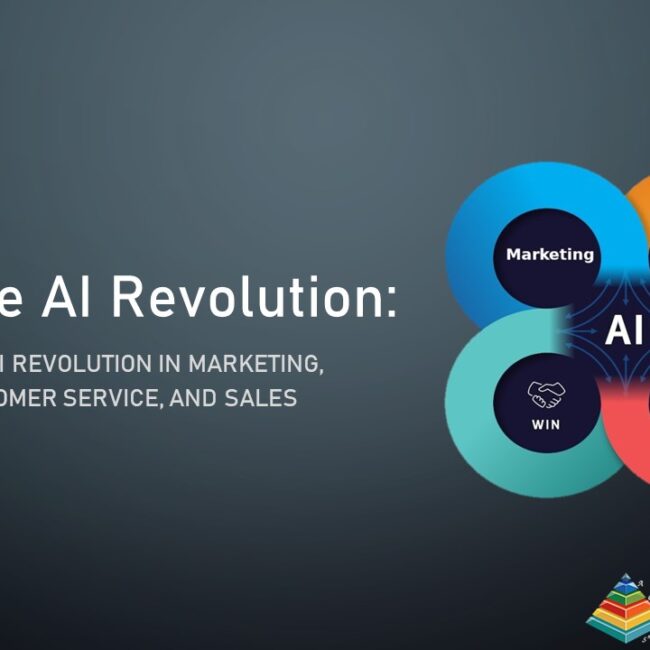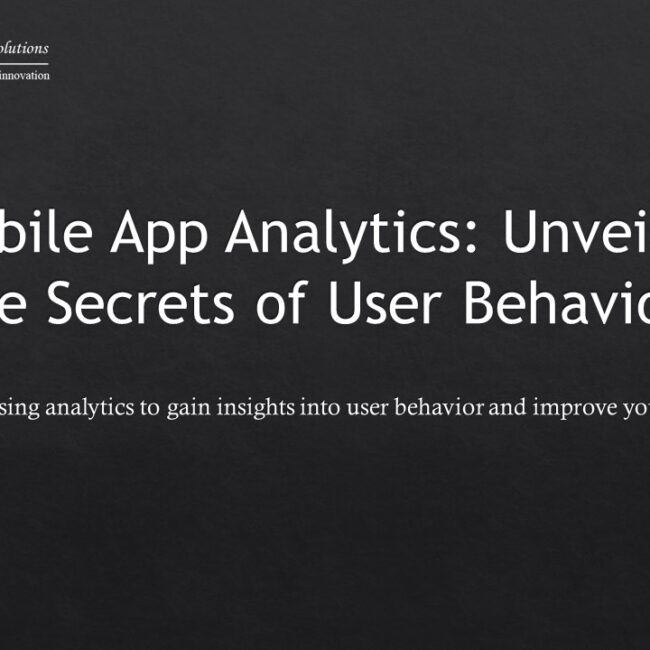
20 PPC tips for Apparel and Fashion eCommerce business
Certainly, here are some PPC (Pay-Per-Click) advertising tips specifically tailored for the apparel and fashion e-commerce industry:
- High-Quality Imagery in Ads:
- Use visually compelling and high-quality images in your PPC ads. Fashion is a visual industry, and eye-catching visuals can attract more clicks.
- Leverage Google Shopping Ads:
- Utilize Google Shopping Ads to showcase your products with images, prices, and descriptions. This format is highly effective for e-commerce businesses.
- Dynamic Remarketing:
- Implement dynamic remarketing to show personalized ads to users who have previously visited your website. Highlight the specific products they viewed to encourage a return visit and purchase.
- Ad Extensions:
- Make use of ad extensions, such as sitelink extensions and callout extensions, to provide additional information about your products, offers, and shipping options.
- Keyword Match Types:
- Use a mix of keyword match types (broad match, phrase match, and exact match) to ensure your ads are triggered for relevant search queries while maintaining control over your budget.
- Negative Keywords:
- Implement negative keywords to prevent your ads from appearing for irrelevant search queries. This helps improve the quality of traffic and reduces wasted ad spend.
- Seasonal Campaigns:
- Plan and run seasonal PPC campaigns around holidays and fashion seasons. Tailor your ad copy and imagery to match the current trends and occasions.
- Ad Copy Testing:
- A/B test your ad copy to find the most compelling and effective messaging. Highlight unique selling points, promotions, and product benefits.
- Mobile Optimization:
- Optimize your PPC campaigns for mobile devices, as many fashion shoppers use their smartphones for research and purchases. Ensure that your website is mobile-friendly and loads quickly.
- Geo-Targeting:
- Use geotargeting to reach potential customers in specific locations. You can target ads to areas where fashion trends may vary or during local fashion events.
- Dayparting:
- Analyze your data to determine the times of day when your ads perform best and allocate your budget accordingly. For instance, you might find that evenings or weekends are more effective.
- Video Advertising:
- Consider using video ads to showcase your fashion products in action. Platforms like YouTube and even Facebook can be effective for video advertising.
- Competitor Analysis:
- Keep an eye on your competitors’ PPC strategies. Analyze their ad copy, keywords, and bidding strategies to gain insights and improve your own campaigns.
- Landing Page Optimization:
- Ensure that your landing pages are well-optimized for conversions. They should load quickly, have clear calls to action, and match the ad’s messaging.
- Quality Score Improvement:
- Work on improving your Quality Score in Google Ads. Higher Quality Scores can lead to better ad placements and lower costs per click.
- Budget Allocation:
- Allocate your PPC budget strategically to focus more on high-converting products or categories. Don’t spread your budget too thinly.
- Seasonal Ad Scheduling:
- Adjust your ad scheduling to align with fashion seasons and trends. For example, promote winter clothing in the fall, swimwear in the summer, and so on.
- Advertise Discounts and Promotions:
- Highlight special offers, discounts, and promotions in your ad copy to attract price-conscious fashion shoppers.
- Monitor and Analyze Data:
- Regularly monitor the performance of your PPC campaigns and make data-driven adjustments. Use tools like Google Analytics to track conversions and user behavior.
- Advertise on Social Media:
- Don’t limit your PPC efforts to search engines. Social media platforms like Facebook and Instagram offer targeted advertising options for fashion businesses.
These PPC tips can help apparel and fashion e-commerce businesses effectively reach their target audience and drive sales through paid advertising campaigns. It’s essential to continually optimize and refine your strategies based on performance data and industry trends.


